As a developing economy, India has numerous developmental aspirations. How India meets these goals without worsening the climate crisis is at the heart of CSTEP's work. Addressing climate change and enabling a secure and sustainable future for Indian citizens require an overhaul of previous paradigms on development and resource utilisation. This is reflected in our work on developing low-carbon trajectories for development with an emphasis on nature-based solutions.
We are working with state governments across India to build capacity on risk and vulnerability assessments to inform their respective action plans on climate change. The transition from fossil fuels to renewable energy is crucial to achieving a secure and sustainable future. CSTEP's studies explore the possibility of a greater integration of renewables in the energy sector.

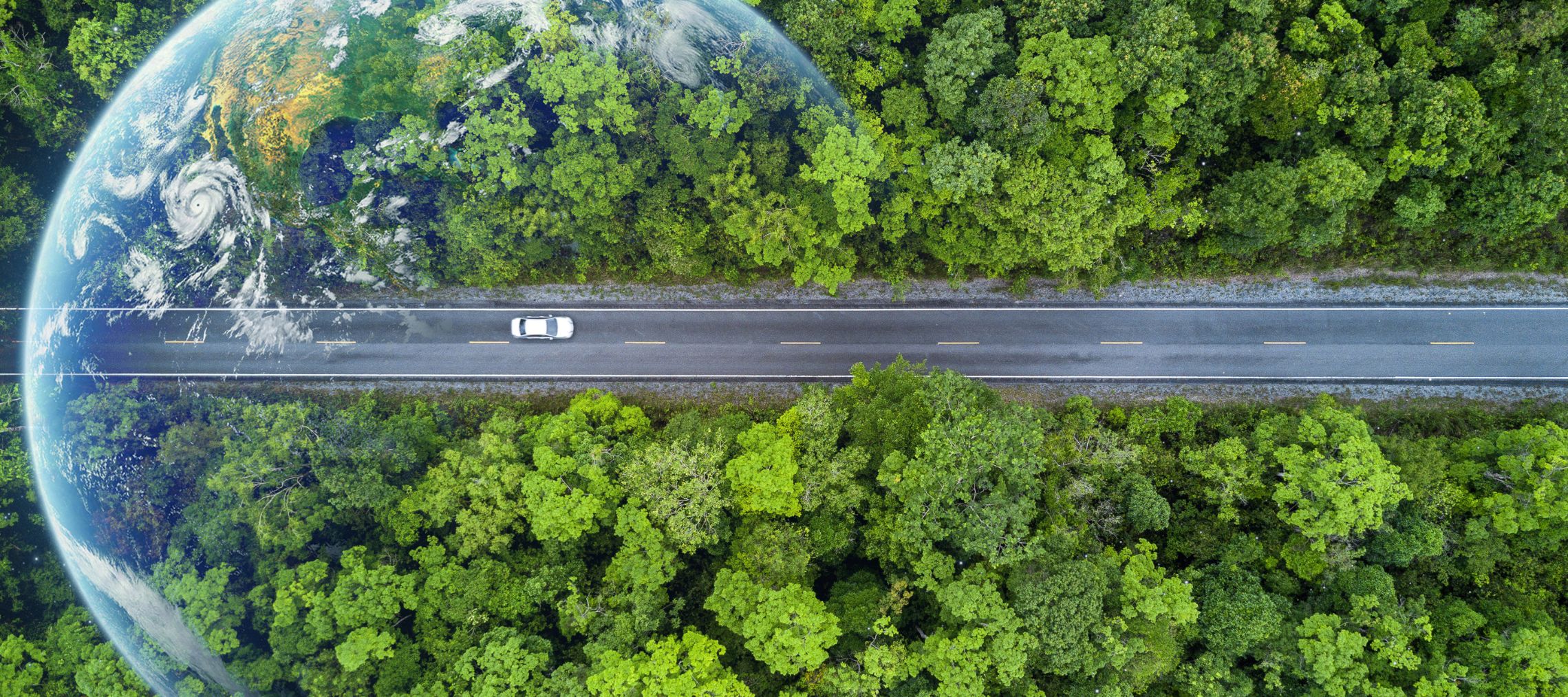
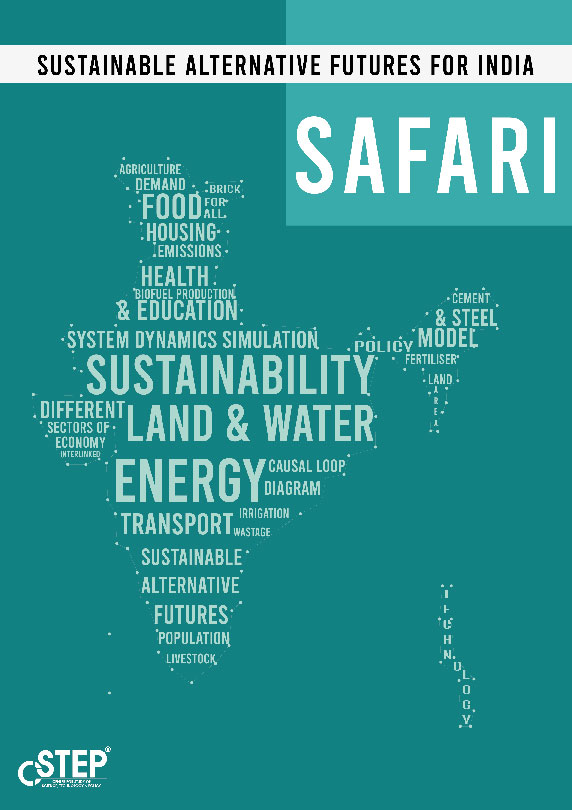
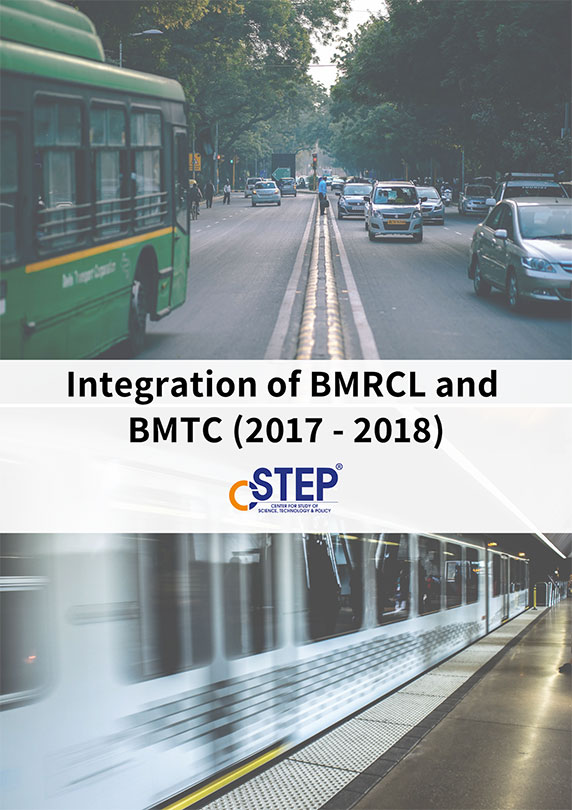
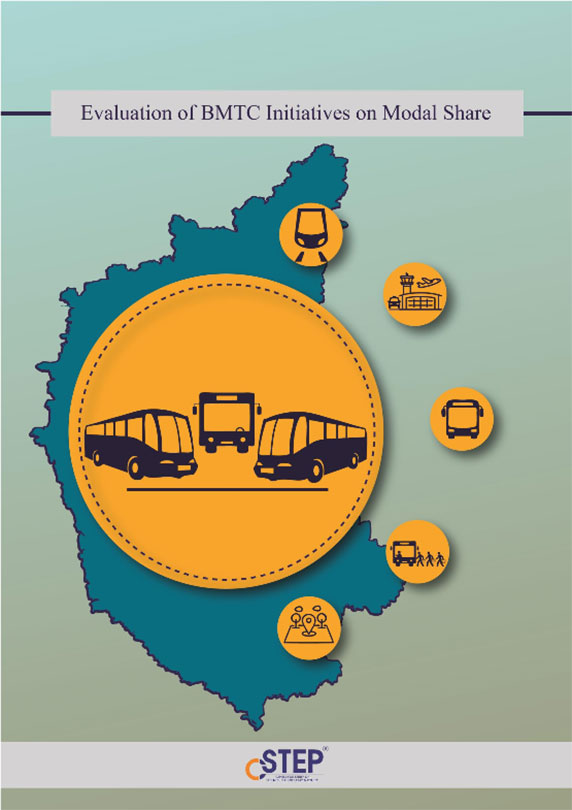
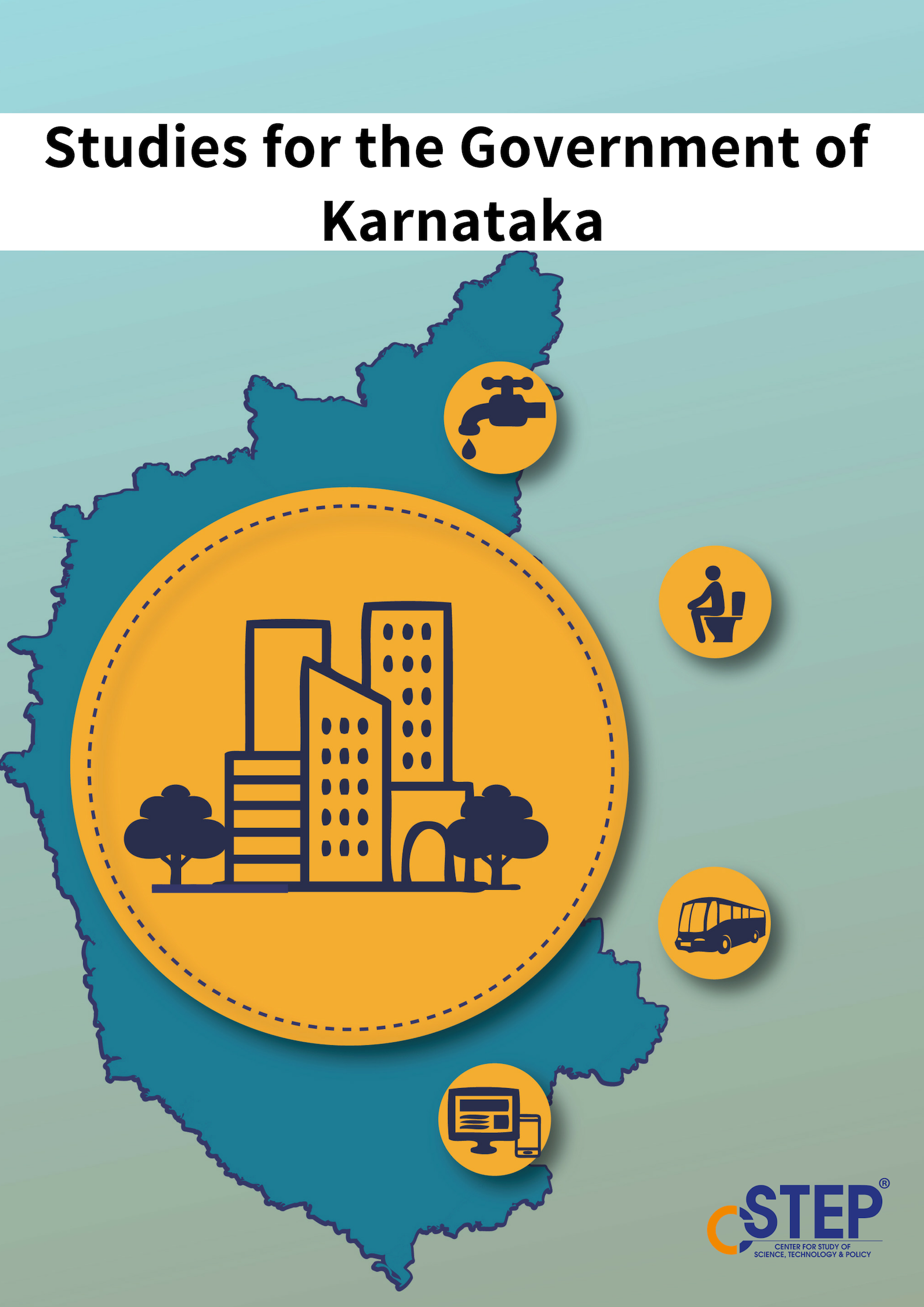

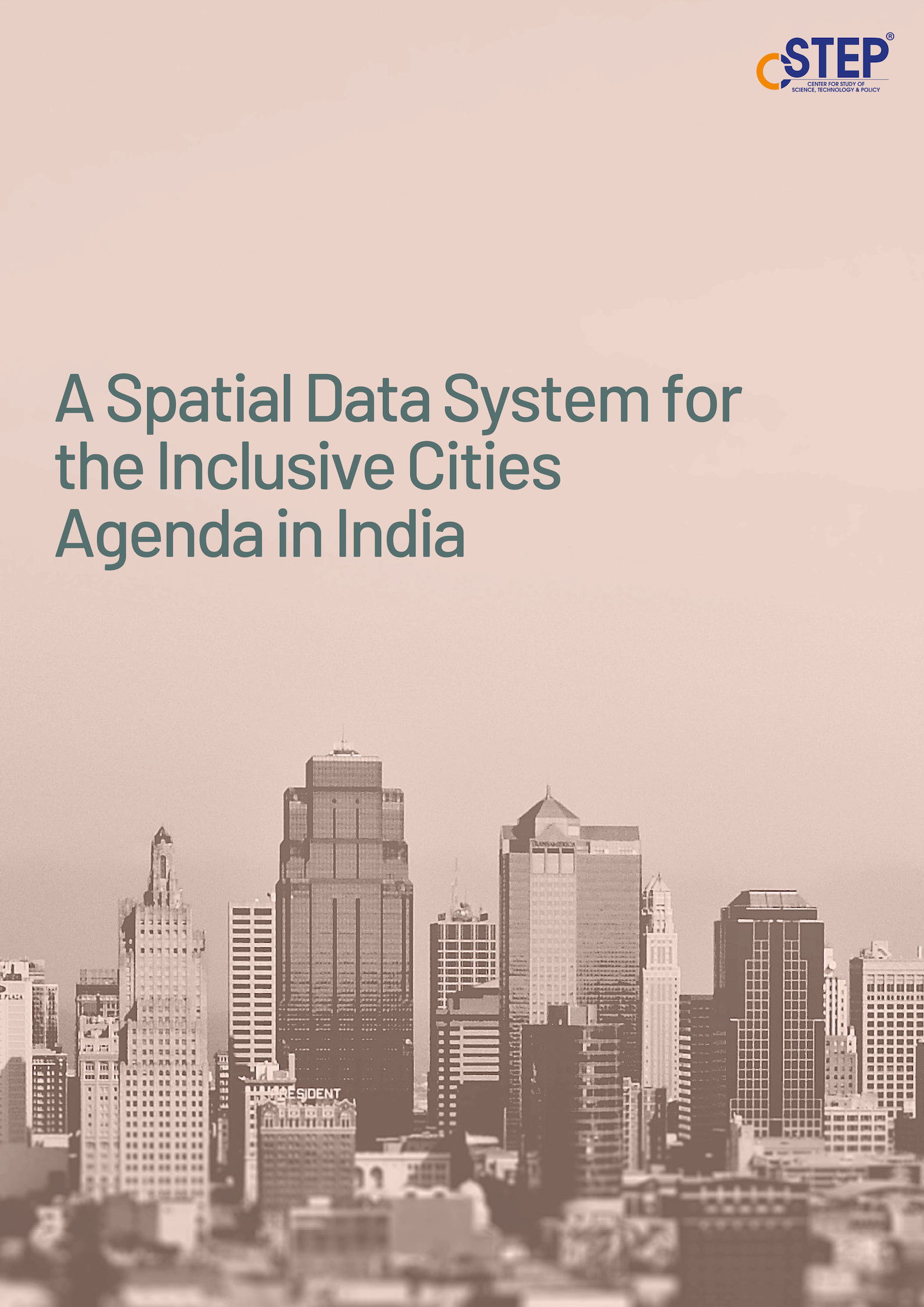
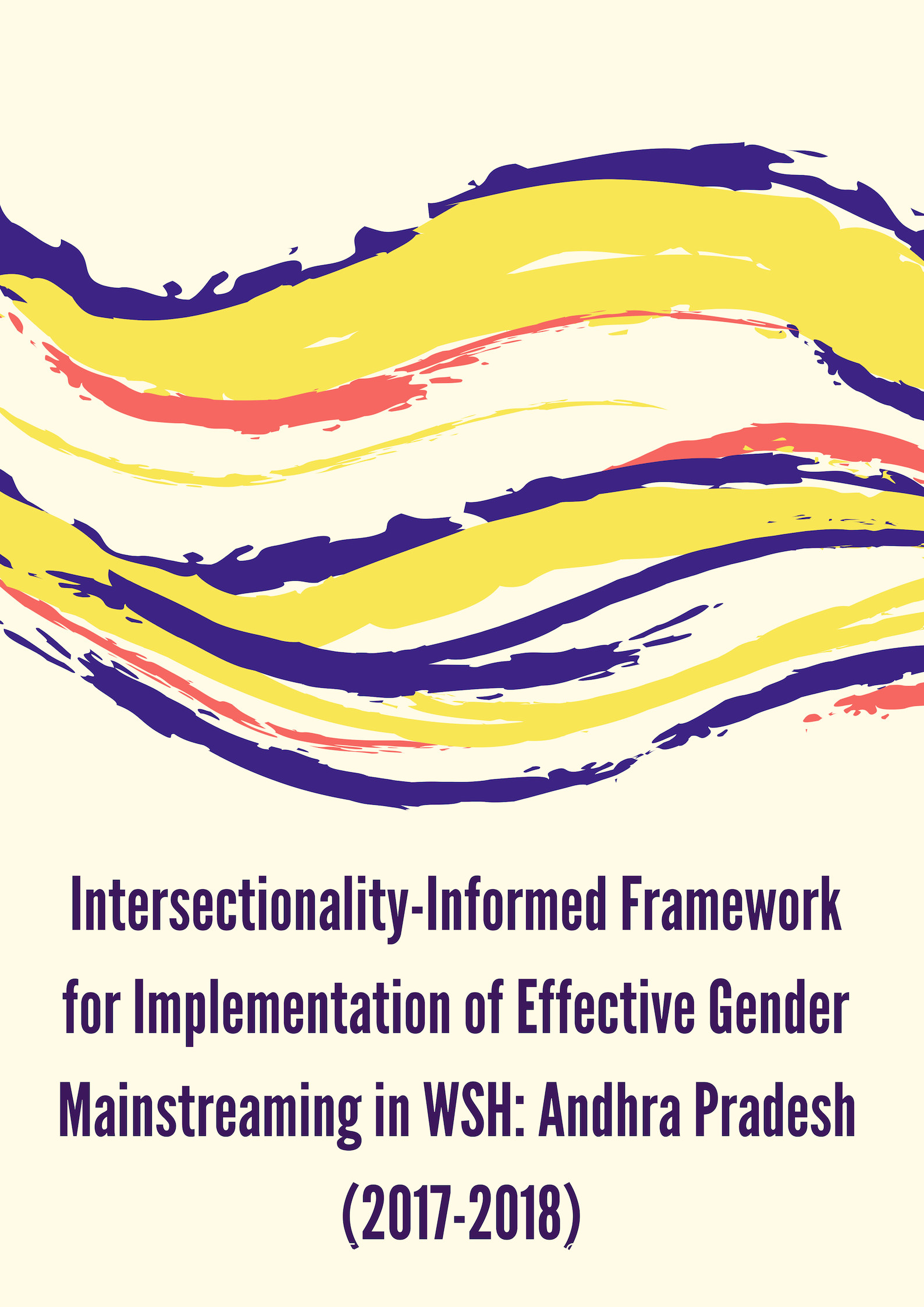
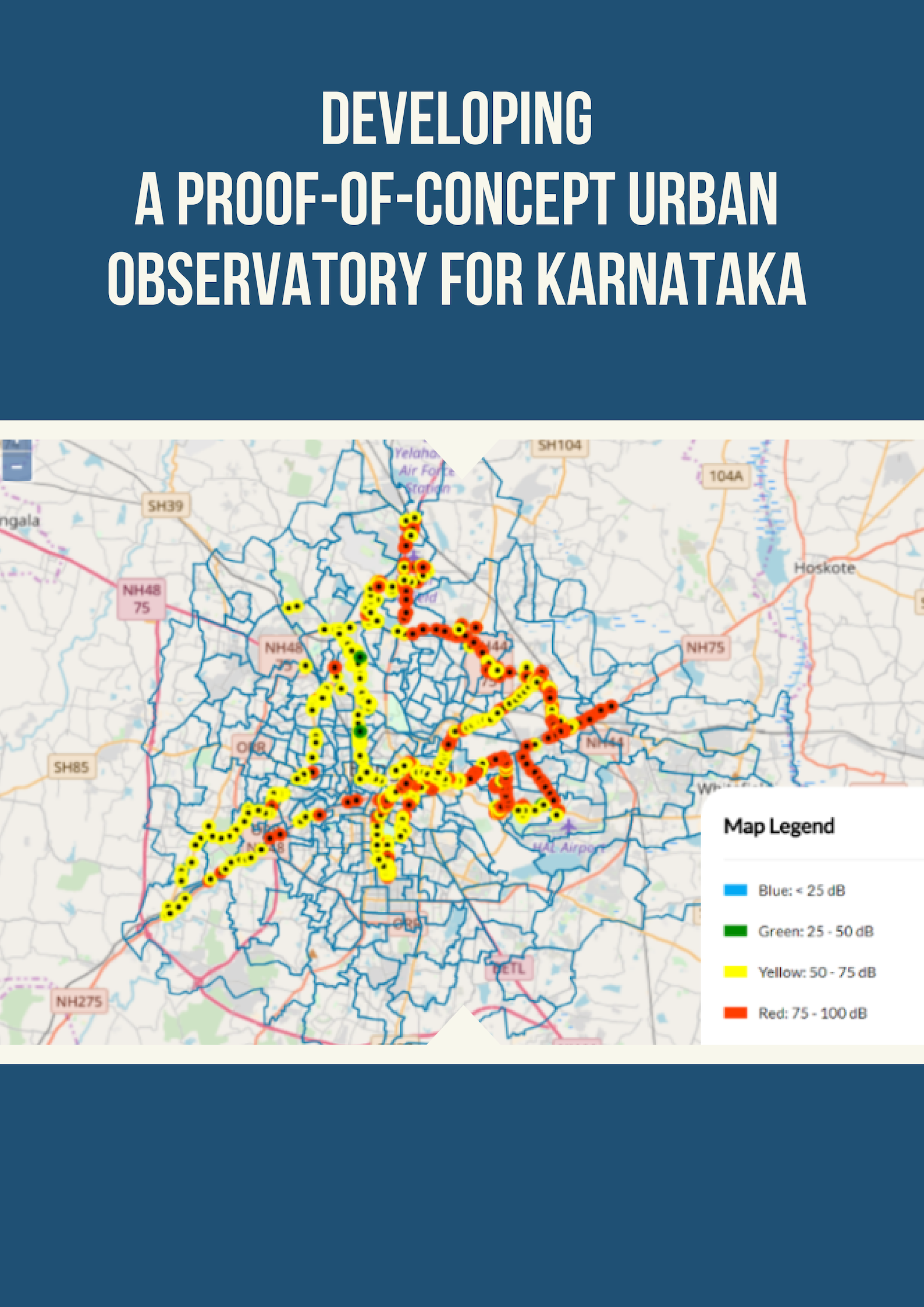
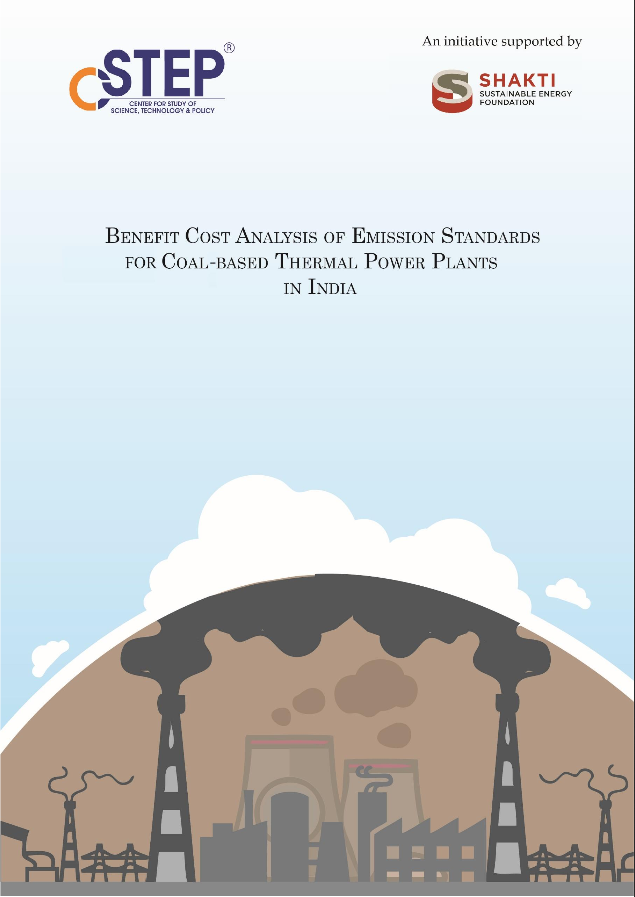


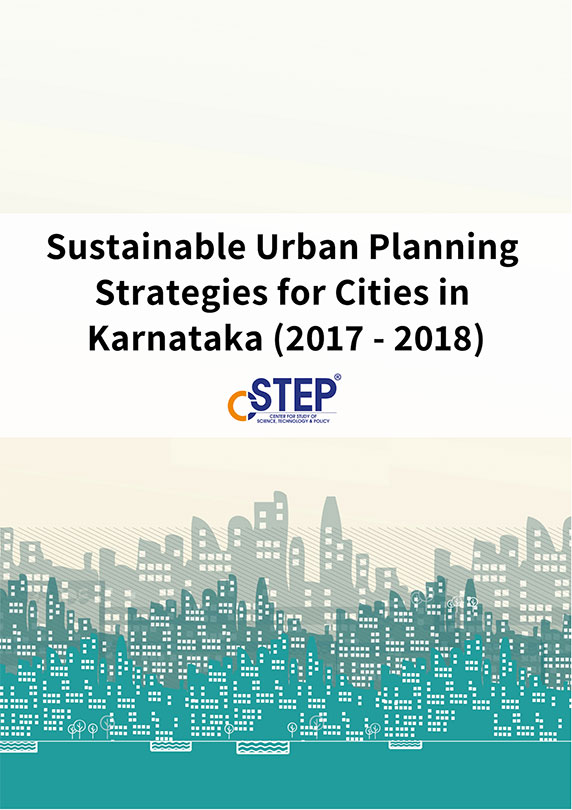



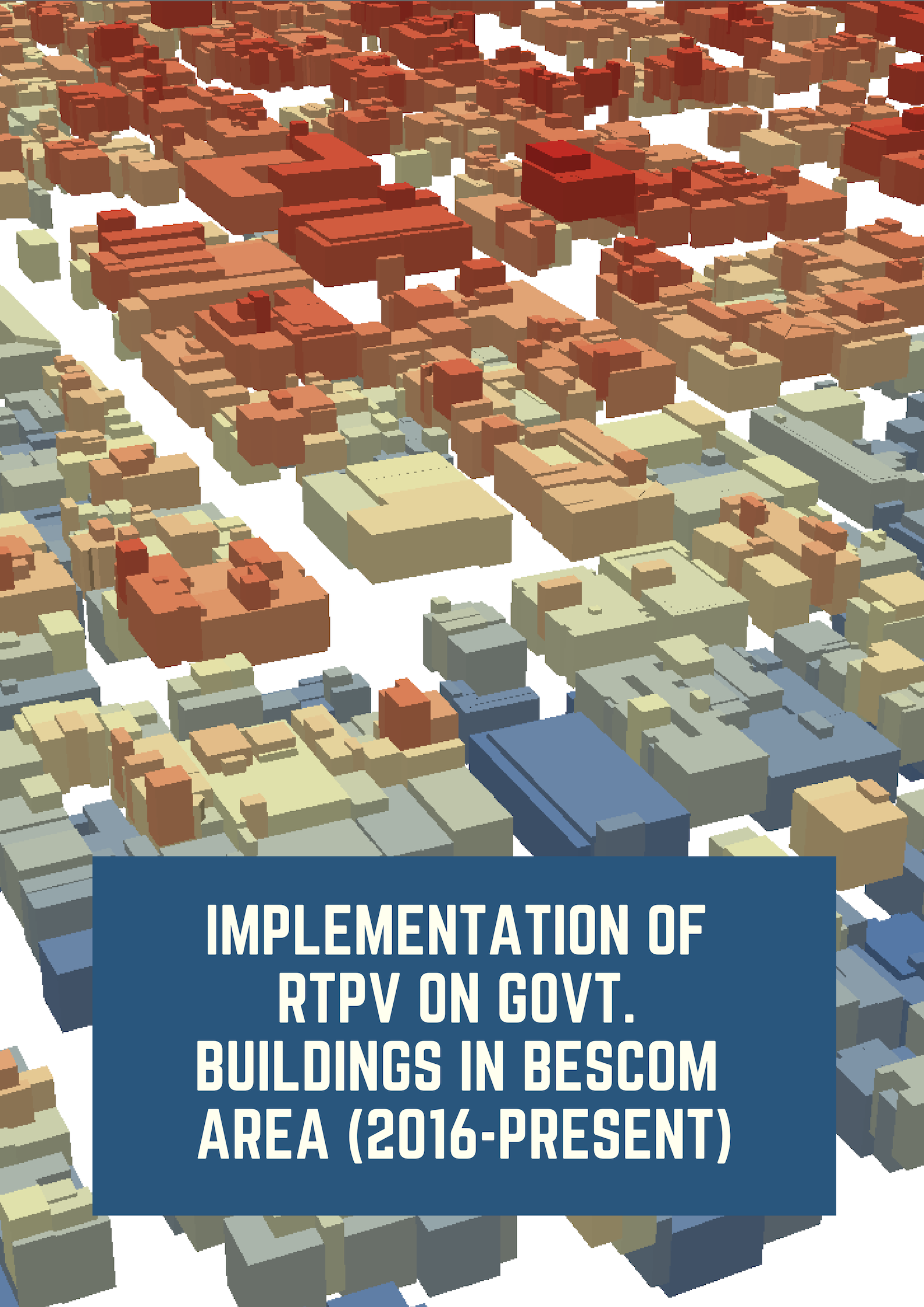
For a breathable Bengaluru
In the race for generating data to carry out scientific studies and publish reports, we tend to forget that end-users of such studies or reports are often the employees of state and Central departments. For them to understand the message from the report and the scientific process behind the conclusion, it is essential to make them a part of the studies right from the word ‘go’.
[कमेंट्री] बढ़ रहा मौसम का प्रकोप,भविष्य की चुनौतियों के लिए खुद को तैयार करने की जरूरत
- देश में प्राकृतिक आपदाओं के बढ़ने के साथ-साथ, जान-माल का नुकसान बढ़ता जा रहा है। हीट वेव, चक्रवात और अन्य मौसमी मार से खेती-किसानी में भारी नुकसान हो रहा है।
- इंटरगवर्नमेंटल पैनल ऑन क्लाइमेट चेंज (आईपीसीसी) ने हाल ही में जारी छठी आंकलन रिपोर्ट में भारत को भविष्य में मौसम सम्बन्धी आपदाओं के बढ़ने की चेतावनी दी है।
- मौसम में आने वाले बदलाव की सबसे ज़्यादा मार कृषि क्षेत्र को झेलनी पड़ती है। केवल पिछले 4 वर्षों में 200 लाख हेक्टेयर फसल-योग्य क्षेत्र को नुकसान हुआ। भविष्य की इन चुनौतियों से निपटने के लिए अनुकूलन के प्रयासों को बढ़ाने की जरूरत है।
Climate Action Series: Warming Up to Climate Action – Incentives and Finance
Climate finance was one of the most contested issues at COP26 in Glasgow last November. Along with other emerging and vulnerable countries, India demanded greater climate action from the developed world, especially for providing climate finance.
Realigning Developmental Programmes for Reducing Climate Vulnerability for Adaptation: Case Study of Mahatma Gandhi National Rural Employment Guarantee Scheme in India
India is vulnerable, in varying degrees, to multiple disasters. The risks are compounded due to inherent vulnerabilities related to socio-economic conditions, environmental and climate change. India has several flagship programmes with large budgets, delivering serendipitous adaptation. The MGNREGS is one such programme implementing works related to Natural Resource Management.
Promoting Blue-Green Infrastructure in Urban Spaces Through Citizen Science Initiatives
The compounded effects of urbanization and climate change are taking a serious toll on rapidly growing urban spaces around the world. Blue-green infrastructure offers a host of opportunities and benefits for addressing the multiple challenges of environment, social well-being and climate change. Cities can mobilize key actors for crosscutting and inclusive action, bringing diverse stakeholders such as national governments, private sector, civil society and common citizens together.
At the Root of Stubble Burning
Punjab is at the heart of India’s agricultural success story. Buoyed by the Green Revolution and favourable policy measures, the state contributes to 16% of India’s agricultural exports. The Agricultural Export Policy (AEP) of Punjab, notified in 2019, aims to more than double the value of its total exports of rice, wheat, and fruits from INR 14,000 Cr to INR 32,000 Cr by 2027–28, a staggering increase of 233%.
Behavioural Shifts in the Transport Sector
Emissions from the Indian transport sector currently account for almost 10 per cent of the country’s total GHG emissions, mandating significant sectoral interventions for attaining the ‘net zero’ goal.
Strategies to reduce emissions from the transport sector include electric vehicle (EV) adoption, shift to public transport (PT), and non-motorised transport (NMT). These typically require substantial behavioural change.
Warming Up to Climate Action – Agriculture and Buildings
This series of articles is a joint editorial initiative of ETEnergyworld and CSTEP. It will discuss some of the key sectors in terms of their contribution to India's total greenhouse gas emissions. In the first part of this series, we discussed the transport sector from a climate point of view and argued that a transport decarbonisation strategy should include diverse options for all segments to complement electrification.
Warming Up to Climate Action – the Transport Sector
The year 2021-22 has been a milestone year in many ways for climate action in India. While a lot more could have been done (as is always the case), the wins cannot be ignored. The highlight was of course India’s ‘net zero by 2070’ announcement at the 26th UN Climate Change Conference (COP26), along with other announcements on short-term targets for renewable energy and emissions reduction.
Think in Systems To Deliver India’s Long-term Climate Strategy
The 2015 Paris Agreement required countries to submit their long-term climate action strategies by 2020. At COP26, India made a surprise announcement of a target to reach net-zero carbon emissions by 2070, which means it will aim to balance the amount of carbon dioxide emitted with the amount absorbed.
